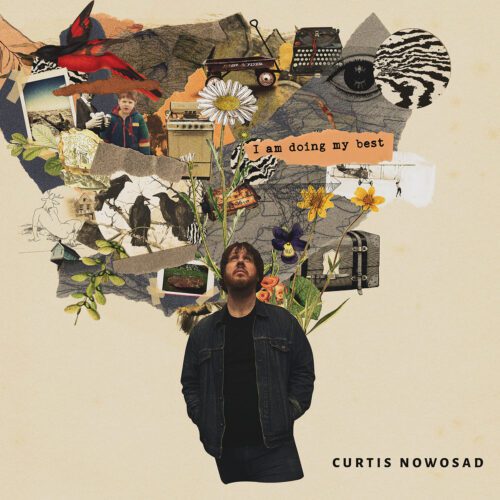After a long discographic silence (except the collaborative project called Planetarium), Sufjan Stevens doesn’t return through the main entrance of the building. He chose the door to the garage, where he works with his stepfather Lowell Brams. The latter was the spouse of Stevens’ late mother and the one to whom he owes the first sparks of his passion for music and his exceptional vision. Lowell featured among the memories that Sufjan so beautifully evoked in the opus devoted to his grief for his mother, entitled Carrie and Lowell.
Recall that the relationship between Sufjan Stevens and Lowell Brams led them to found the label Ashtmatic Kitty in 1999. Stepfather and stepson are now enjoying a trip to the studio 12 years after launching the opus Music for Insomnia, under Lowell’s name with Stevens’ close involvement. Since then, the two have continued their creative collaboration, and here is the most recent chapter of it.
With one exception (“The Runaround”), it’s 21 pieces without words, generally of short duration. Very short, in fact: the sum of these miniatures constitutes a vast fresco, essentially electronic. The aesthetic directions taken illustrate the universes of each, and the chosen common ground. Modern classical music and sacred music fades in, a soaring chorus of female voices filtered and mixed with synths, ambient, krautrock, random improvisations, drones…
Among his sources of inspiration for this project, Sufjan Stevens cites New Age in general, Ireland’s Enya, the Scottish duo Boards of Canada, the soundtracks of Blade Runner (Vangelis), Under The Skin (Mica Levi) and Hereditary (Colin Stetson), not to mention a strange tribute to Raymond Scott, the famous American composer that Carl Stalling adapted for cartoons (Bugs Bunny, etc.). On the Bandcamp page of this album, an article by John Colpitts (a musician friend of the family) establishes other aesthetic links with the famous composers of the ’70s and ’80s: John Carpenter, Wendy Carlos, Mike Oldfield…
There is nothing outstanding about this blended collage, however. From the beginning to the end, it’s an exploration of archaic avenues, leaving an impressions of redundancy, overvalued references, and false leads. One doesn’t doubt that stepfather and stepson worked in harmony, and surely they’re happy in this creative process that brings them together. Good for them. Good for us?
























